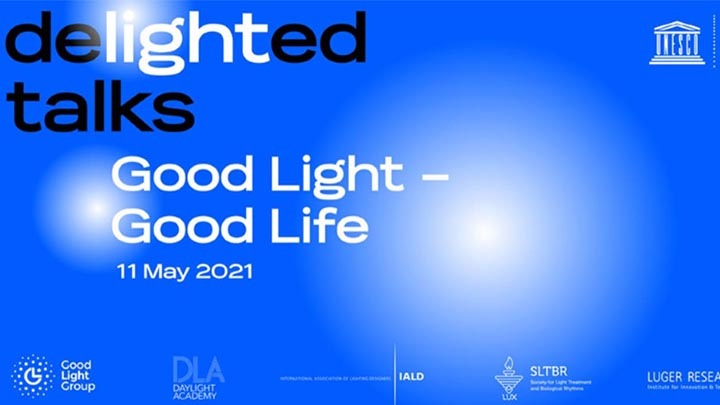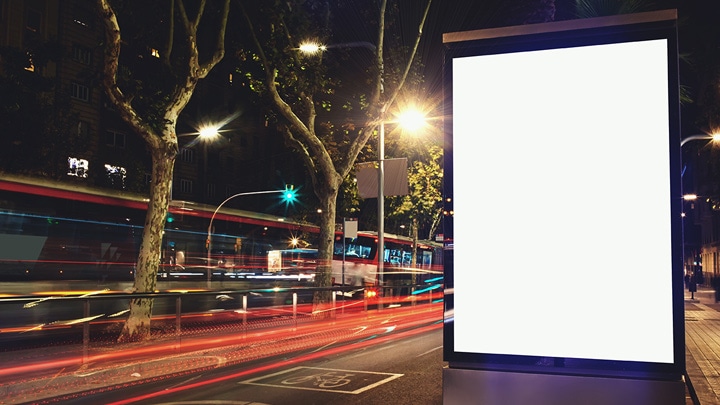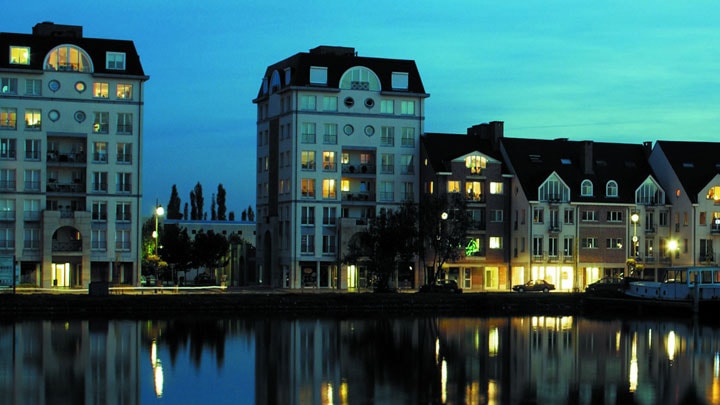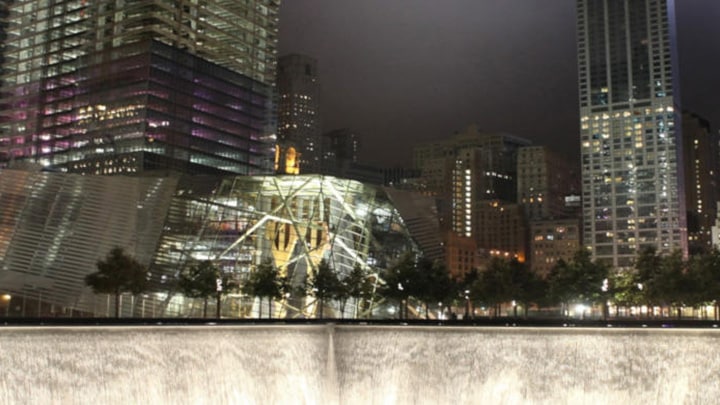Dr. Garbazzais a psychiatrist specialized in sleep and circadian medicine and research, working at the Centre for Chronobiology of the University of Basel, Switzerland. After medical studies in Italy and Germany, he obtained a doctorate from the Competence Center of Sleep Medicine of the Charité Medical University, Berlin. After moving to Switzerland, he entered a PhD program at the University of Basel, Centre for Chronobiology, under the supervision of Prof. Christian Cajochen. Since 2012, Dr Garbazza has specialized on the management of circadian rhythm sleep-wake disorders and the chronotherapy of affective disorders, with a focus on the bright light treatment of perinatal depression. He is a board member of the Society for Light Treatment and Biological Rhythms (SLTBR) and of the International Association of Circadian Health Clinics (IACHC).
Light as a Key Factor to Human Health | SLTBR
Light is known for its beneficial impact on human health since ancient times. However, only in the second half of the last century, thanks to the research advances in the field of chronobiology, the effects of light on many aspects of physiology, including circadian rhythms, sleep, and mood, have been explained, thus paving the way for the use of light as a treatment. From the first description by Rosenthal et al. in the 1980s, bright light therapy (BLT) has been established as a first-line therapeutic strategy for seasonal affective disorder (SAD) and its efficacy has been later demonstrated also in non-seasonal unipolar and bipolar depression, as well as in other psychiatric disorders characterized by an alteration of the circadian system. More recent evidence also suggests that daily light administration may improve different clinical outcomes in neurological conditions such as Parkinson’s disease, dementia, multiple sclerosis, or traumatic brain injury. In this talk the current knowledge on the clinical applications of light will be summarized, showing that light can be effectively integrated in the medical practice, being a valuable therapeutic tool that can be personalized according to patients’ needs, in order to improve physical and mental health.







